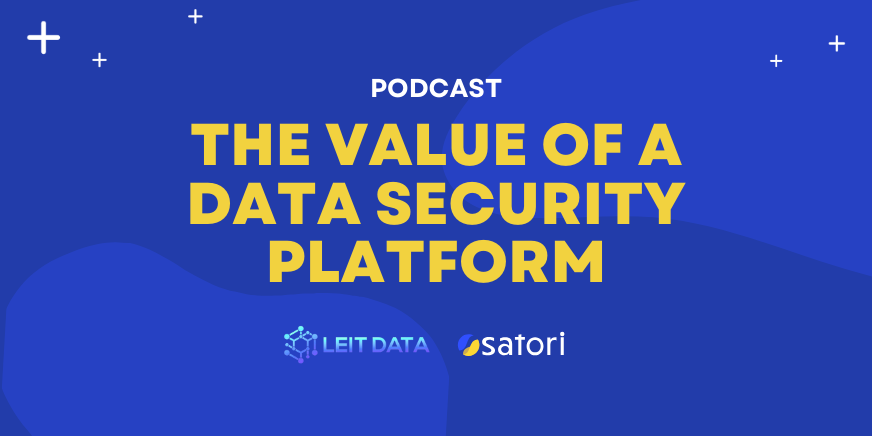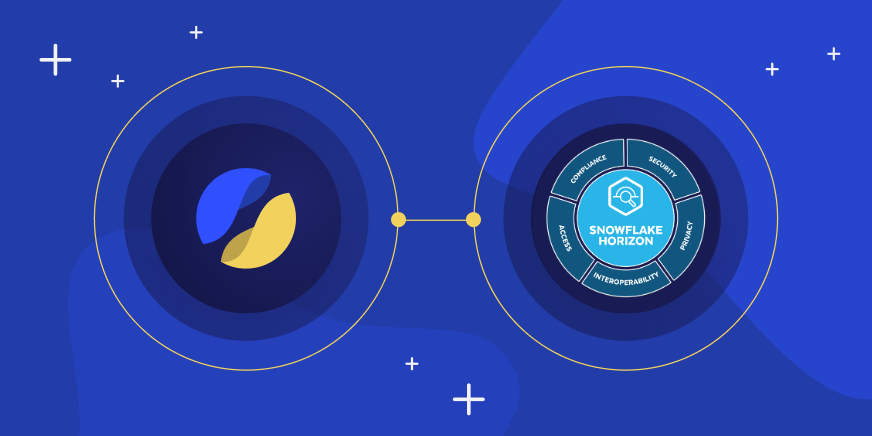Every year, the cybersecurity industry has its biggest conference, the RSA conference in San Francisco (except for this year, which is virtual...). This conference is a big event, attracting participants from all over the world, and from the many different domains of cybersecurity, for a week of sessions, press conferences, product launches, and announcements that companies schedule for RSA, and a lot of meetings. It’s also a lot of fun, with swag, parties, and exclusive events.
One of the highlights of the RSA conference is the Innovation Sandbox, an event showcasing ten finalist startup companies who are markers of innovation. Each is given the opportunity to showcase a 3 minutes presentation and explain why it is an innovation driver. This is an especially intriguing event. Not just because of the “hackathon-style” excitement of listening to a lot of innovative ideas and presentations at the same time, and not just because it’s startup companies with a lot of energy.
The main reason why it’s interesting is that these companies are the markers of existing and new trends in the cybersecurity industry. By looking at what these companies are doing and how they’re doing it, one can get a lot of insights into the current and future challenges to be solved by cybersecurity products. So let’s see what the main trends are and what they mean about the present and future of cybersecurity.

Main Trends of RSA Innovation Sandbox Finalists
Cloud Security
Most of the companies who made it to the finals of the RSA innovation sandbox this year are dealing with cloud security in some form or another—from securing deployment to production, and securing the operations involved with it, to discovery and control of cloud infrastructure security issues, and to the protection of access to cloud resources (email, applications, and of course, data). This is definitely not a surprise, but the main factors are the following:- The growth in resources and applications being deployed on public clouds
- The growth of data being stored in the public cloud, either based on IaaS installations or PaaS/SaaS solutions like Snowflake and BigQuery
- Cybersecurity challenges in the public cloud, as some of the most significant data breaches in the last years happened in the cloud
- The growth in data protection and privacy compliance requirements
Ops [Dev(Sec)Ops, Data(Sec)Ops]
Another thing to note is the focus on operations. As organizations become more agile and deploy their applications in an agile way (using DevOps methodologies) and their data operations follow the same patterns (DataOps), the security situation changes, and different approaches are often required. In application security, we’ve seen that in the last few years, organizations who adopted DevOps without security (DevSecOps) often found that shipping software in an incremental and continuous way introduced new security challenges. We are now seeing that as organizations move to a more agile DataOps methodology, they face security, privacy, and compliance challenges as well.Data Is the New Data
There is a saying that “data is the new oil” (or “data is the new water”). I would argue that data was always in there and that it was always about “information security.” After all, any type of cybersecurity is meant to protect some sort of company data. However, given that the way organizations are using data is shifting—with processes like data democratization (DataOps), the easier consumption of big data, and the move to cloud data—it’s pretty clear why there is a focus on solving problems around data. In fact, if you look at the WordCloud we made below from the finalists’ company descriptions, delivered by RSA, you can see that data is clearly the largest topic discussed.What Does it Look Like?
To wrap it up with some eye candy, and to really see how data dominated this year’s innovation sandbox competition, we took the descriptions of the finalists from the RSA PR release, removed the company names, out-of-context words, and the word “security” (obviously, as this is a security competition, it is all about security), and made a word cloud using wordclouds.com. The results are below.Satori in the Innovation Sandbox
Finally, we’re super excited to be one of the finalists in this prestigious event. Other than the honor of being chosen as finalists, we also see it as a great indicator that what we do is the true future of cybersecurity—or more specifically, data security. It’s clear to us that our platform has a lot of impact, enabling organizations with simple DataSecOps and helping them protect any type of sensitive information. We see this as a mission to help protect the data of companies and help companies get better visibility and governance on their databases, data warehouses, and data lakes. This year’s list of innovative companies, and our name is among them, makes us proud and confident about what we’ve accomplished so far and what we still plan to do.Want to Learn More about Satori?
- See our RSA Innovation Sandbox submission video here
- Schedule a demo




